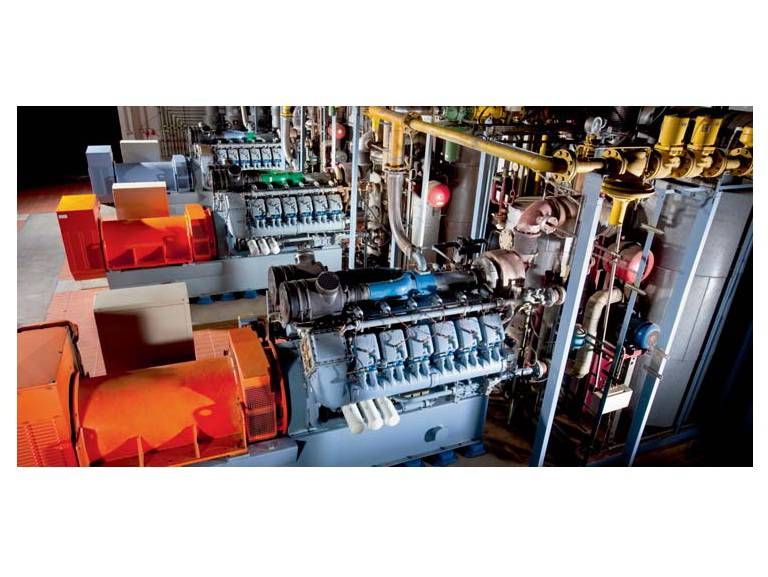- Extended measuring range for use in environments with high gas concentrations
- Precalibrated gas sensors for quick and easy sensor change
- Integrated pressure difference and air flow measurements for mass flow calculations
(*note - kit does not include sampling probe - to be selected dependant on application)











